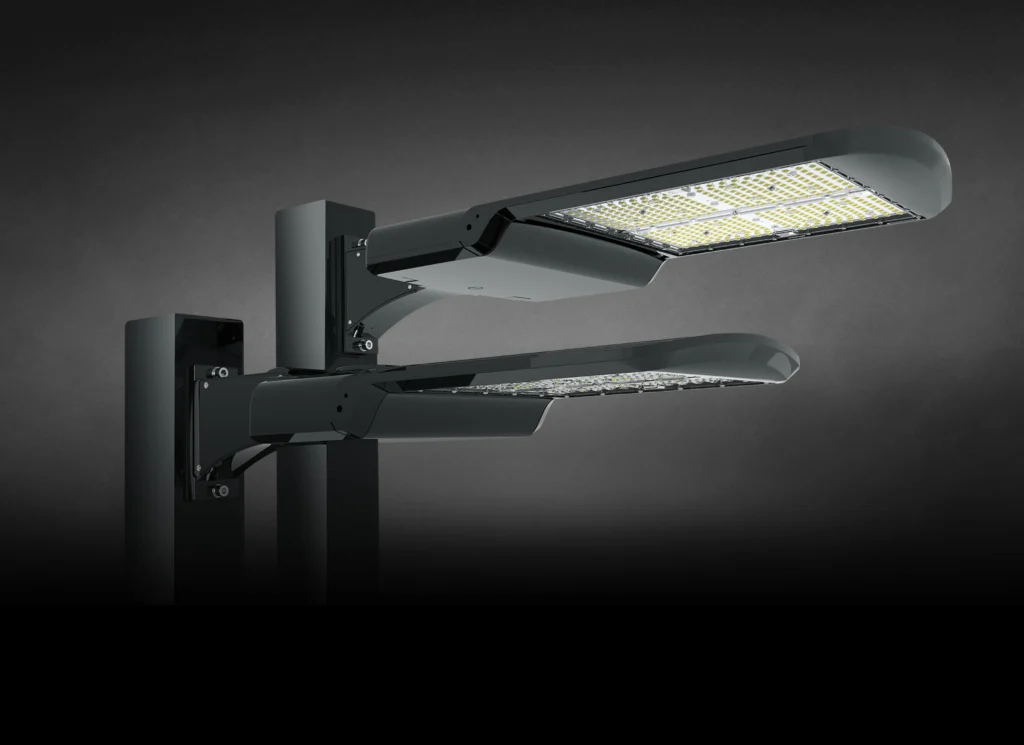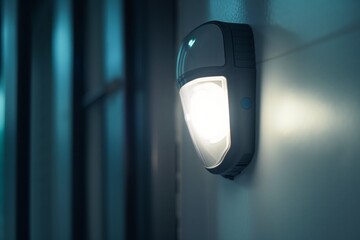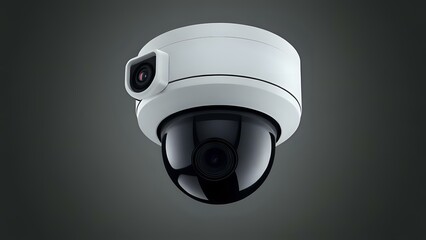How Streetlight Sensors Work: A Complete Guide
Streetlight sensors are a crucial component of modern urban infrastructure, providing energy efficiency, automation, and improved visibility for cities and communities. These sensors enable streetlights to adjust brightness levels based on real-time conditions, reducing energy waste and enhancing public safety. This guide explores the workings of streetlight sensors, their benefits, and their various types.
What Are Streetlight Sensors?
Streetlight sensors are devices installed in street lighting systems to monitor environmental factors like light levels, motion, and ambient conditions. These sensors help automate lighting adjustments, ensuring optimal illumination while conserving energy.
Types of Streetlight Sensors
Several types of sensors are commonly used in streetlights, each with a specific function:
- Photocells (Light Sensors)
- Detect natural daylight levels and turn streetlights on or off accordingly.
- Prevent energy waste by ensuring lights only operate when needed.
- Motion Sensors
- Activate lights when movement is detected, improving security and visibility.
- Motion-activated lighting is a crucial element in both street and residential security systems. For a closer look at how motion sensor LED floodlights enhance safety and efficiency in various settings, check out this guide to motion sensor LED floodlights.
- Ideal for low-traffic areas where continuous lighting isn’t necessary.
- Smart Sensors with IoT Integration
- Connect with city-wide networks to allow remote monitoring and control.
- Provide real-time data on power usage, maintenance needs, and performance.
- Adaptive Lighting Sensors
- Adjust brightness based on weather conditions and time of day.
- Reduce glare and improve visibility during foggy or rainy conditions.
Benefits of Streetlight Sensors
Streetlight sensors offer several advantages that contribute to sustainable and efficient urban lighting:
- Energy Efficiency: Reduce unnecessary power consumption by dynamically adjusting brightness levels.
- Cost Savings: Lower electricity costs and maintenance expenses by reducing wear and tear on lighting infrastructure.
- Enhanced Public Safety: Ensure well-lit streets, deterring crime and improving nighttime visibility for drivers and pedestrians.
- Environmental Impact: Decrease light pollution and carbon footprint through smart lighting controls.
How Streetlight Sensors Are Implemented
Implementing streetlight sensors involves integrating them into a city’s lighting network. Many municipalities use smart lighting control systems that allow central management of sensors and real-time data monitoring. This enables cities to optimize lighting patterns, detect failures instantly, and plan proactive maintenance.
Future of Streetlight Sensor Technology
With advancements in AI and smart city technologies, future streetlight sensors will feature:
- AI-based Traffic Monitoring: Adjusting lighting levels based on real-time traffic density.
- Solar-Powered Integration: Enhancing sustainability by pairing sensors with renewable energy sources.
- Advanced Connectivity: Enabling communication between smart sensors, traffic signals, and city management platforms.
Conclusion
Streetlight sensors are transforming urban lighting, offering energy savings, automation, and enhanced safety. By adopting smart sensor technology, cities can move toward more efficient and sustainable lighting solutions that benefit both residents and the environment.


